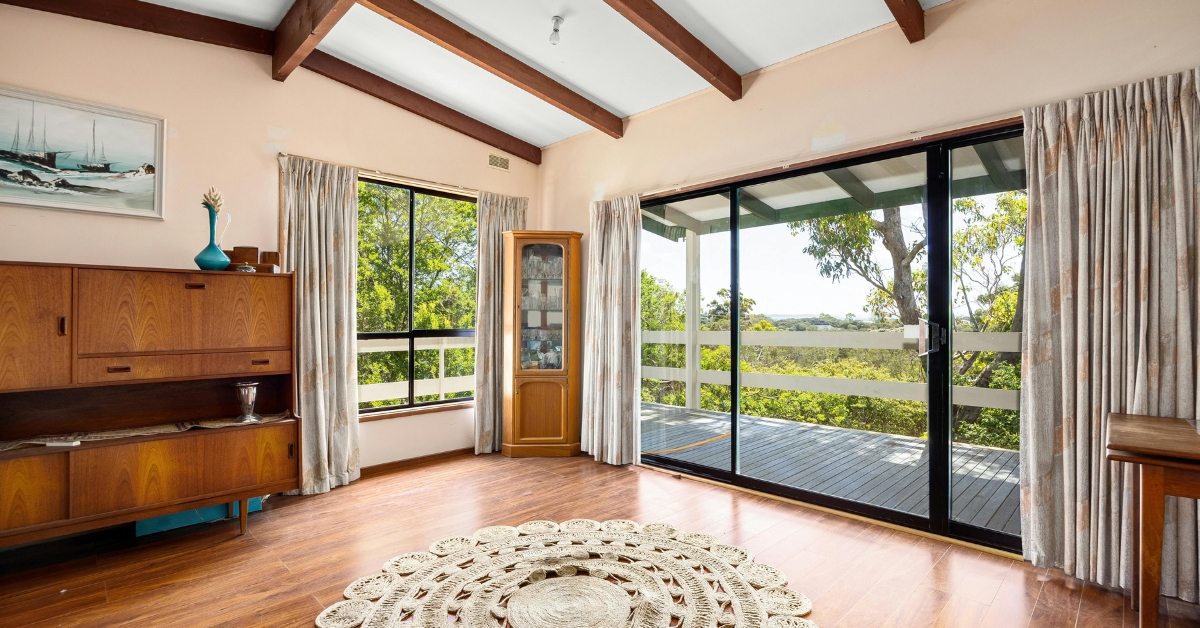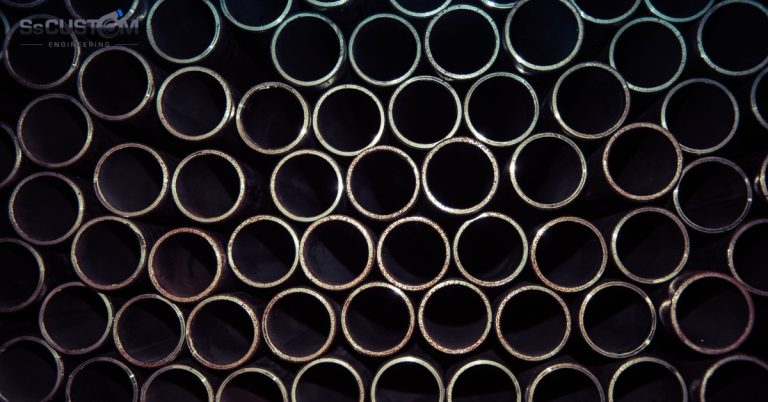Commercial Overhead Doors: Reliable Access Solutions for Every Industry
Commercial overhead doors are a cornerstone of modern industrial, retail, and institutional facilities. Designed to provide secure, durable, and efficient access, these doors support day-to-day operations, safety, and energy efficiency in demanding environments. Whether you manage a warehouse, manufacturing plant, or retail center, choosing the right commercial overhead doors can greatly impact your operational workflow.
This comprehensive guide explores the types, benefits, installation, maintenance, and compliance requirements related to commercial overhead doors, helping you make an informed decision backed by expert insights.
What Are Commercial Overhead Doors?
Commercial overhead doors are large doors that open vertically, lifting overhead and resting parallel to the ceiling when fully open. Unlike roll-up doors that coil around a drum, overhead doors typically consist of horizontal panels connected by hinges, running along side tracks.
This design offers smooth operation, excellent insulation options, and adaptability for various sizes and operational needs.
Common Types of Commercial Overhead Doors
| Door Type | Description | Typical Applications |
|---|---|---|
| Sectional Steel Doors | Insulated or non-insulated panels connected by hinges | Warehouses, loading docks, garages |
| Aluminum and Glass Doors | Frames with glass inserts for visibility | Showrooms, retail storefronts |
| High-Speed Fabric Doors | Flexible, rapid cycling doors for high traffic areas | Food processing, clean rooms |
| Fire-Rated Overhead Doors | Designed to withstand fire exposure for set durations | Hospitals, schools, industrial facilities |
| Insulated Overhead Doors | Enhanced thermal properties for energy savings | Cold storage, refrigerated warehouses |
Each door type balances durability, insulation, visibility, and operational speed based on the facility’s specific needs.
Benefits of Commercial Overhead Doors
1. Durability and Strength
Manufactured from galvanized steel or aluminum alloys, overhead doors resist corrosion, impact, and daily wear. They are engineered to withstand harsh industrial environments.
2. Space Optimization
Unlike swing doors that require clear space to open, overhead doors move vertically, conserving valuable floor space inside and outside the building.
3. Energy Efficiency
Insulated overhead doors help maintain interior climate, reducing heating and cooling costs. This is especially important for refrigerated or climate-controlled environments.
4. Security
Heavy-duty locking mechanisms and reinforced panels protect facilities against unauthorized access, theft, and vandalism.
5. Customization
Commercial overhead doors can be customized with windows, color coatings, and finishes to match corporate branding or operational needs.
Installation Considerations
Correct installation is crucial for the longevity and safe operation of commercial overhead doors.
Key Factors:
- Building Structure: Ensuring proper mounting points and clearance for door tracks and hardware.
- Door Size: Accurate measurements to accommodate vehicle sizes and traffic flow.
- Track Configuration: Vertical, high-lift, or low-headroom tracks depending on building height and ceiling space.
- Motorization: Selection of suitable operators for door size, weight, and usage frequency.
- Safety Features: Installation of photoelectric sensors, emergency stops, and compliant hardware.
Professional installation by a certified commercial doors service guarantees adherence to manufacturer specifications and local building codes.
Maintenance and Repair
To ensure reliability and extend service life, commercial overhead doors require regular maintenance.
Recommended Maintenance Schedule:
| Frequency | Maintenance Tasks |
|---|---|
| Monthly | Visual inspection for damage, wear, and corrosion |
| Quarterly | Lubrication of hinges, rollers, and tracks |
| Semi-Annually | Testing and adjustment of door balance and springs |
| Annually | Comprehensive safety inspection and functional testing |
Timely repairs handled by a professional commercial garage door repair company prevent costly downtime and safety hazards.
Integration with Access Control Systems
Commercial overhead doors often work in tandem with security and automation technologies, including:
- Commercial garage door opener systems with remote or keypad access.
- Integration with building management systems for scheduled opening and closing.
- Alarm and monitoring systems linked to security personnel.
- Fire safety systems coordinating with fire rated commercial doors and emergency exits.
These integrations streamline operations while enhancing security.
Compliance and Safety Standards
Businesses must ensure that commercial overhead doors comply with various safety and building codes:
| Regulation/Standard | Purpose |
|---|---|
| NFPA 80 | Standards for fire doors and fire protection |
| IBC (International Building Code) | Installation and usage standards |
| OSHA | Workplace safety regulations |
| ANSI/DASMA Standards | Performance and testing of door components |
| ADA Compliance | Accessibility requirements for door operation |
Certified installers and service providers maintain compliance documentation and perform necessary inspections.
When to Choose a Commercial Overhead Door
Consider installing or upgrading commercial overhead doors if:
- Your facility requires large openings for vehicles or equipment.
- You need enhanced security and weather resistance.
- Energy efficiency is a priority.
- Frequent or automated door operation is needed.
- You must meet fire safety or building code requirements.
Consult with a professional commercial doors service to select the right model, configuration, and accessories.
Cost Factors and Budgeting
The cost of commercial overhead doors varies by material, size, insulation, and automation options.
| Door Type | Estimated Cost Range (USD) |
|---|---|
| Basic Steel Sectional | $1,500 – $4,000 |
| Insulated Steel Sectional | $3,000 – $7,000 |
| Aluminum and Glass | $4,000 – $10,000 |
| High-Speed Fabric | $5,000 – $15,000 |
| Fire-Rated Overhead Doors | $6,000 – $20,000 |
Additional costs include installation, maintenance, and repairs. Working with a trusted provider helps balance cost and quality.
Final Thoughts
Commercial overhead doors are vital for efficient, safe, and secure operations across a broad range of industries. Their versatility, strength, and adaptability make them an excellent investment for businesses aiming to optimize facility access while maintaining regulatory compliance.
Professional installation and regular maintenance through a trusted commercial doors service ensure maximum performance and longevity, safeguarding your operations and assets for years to come.



